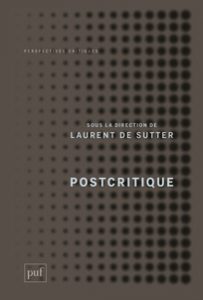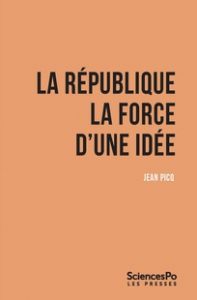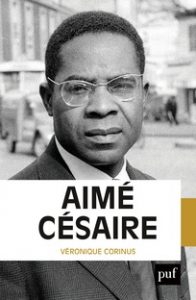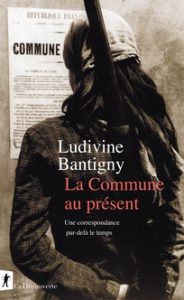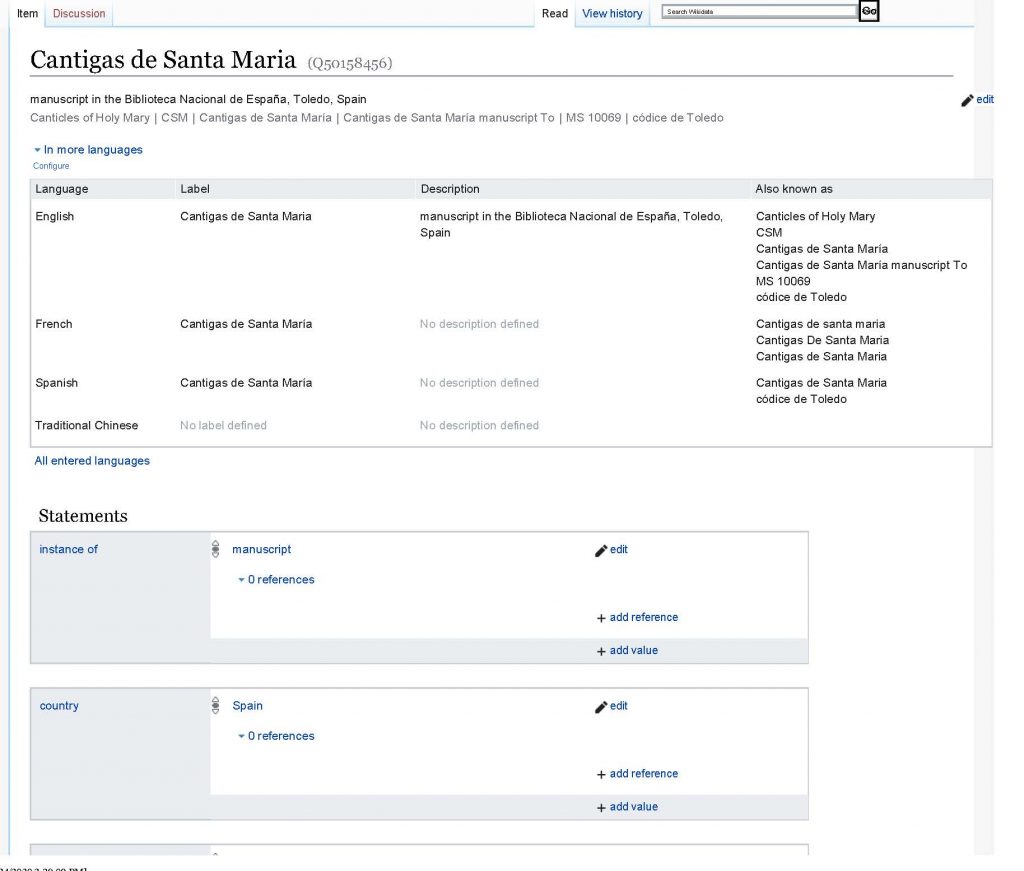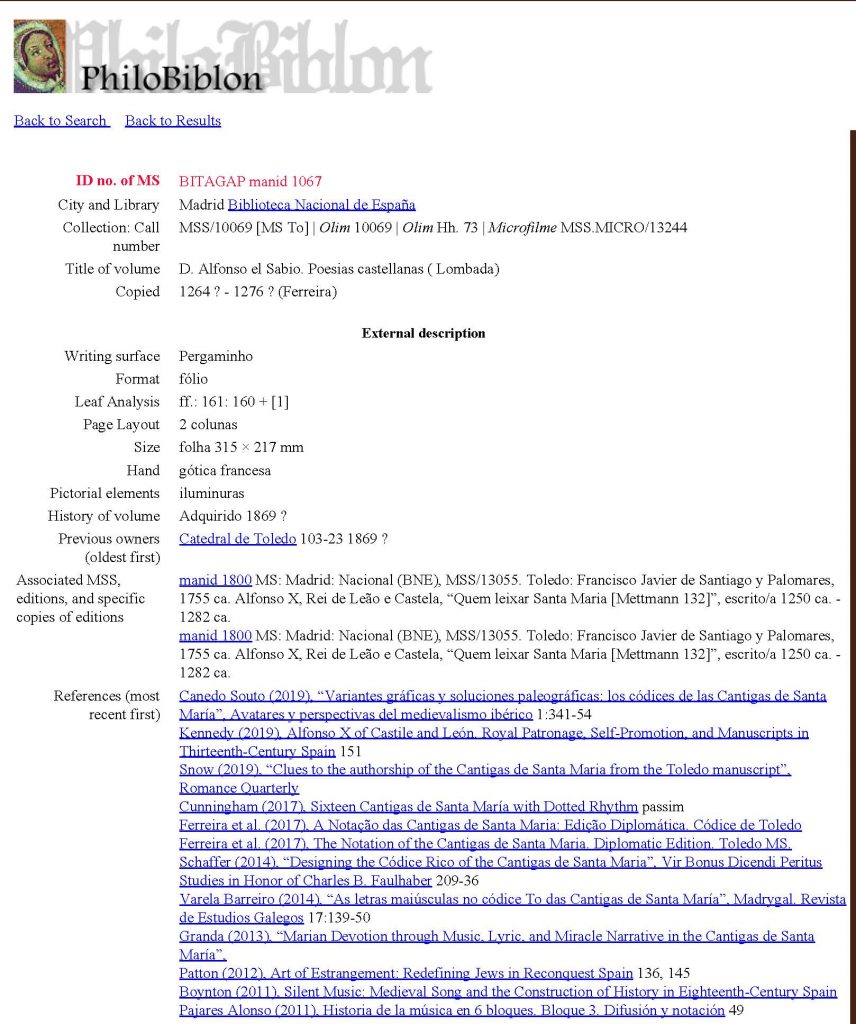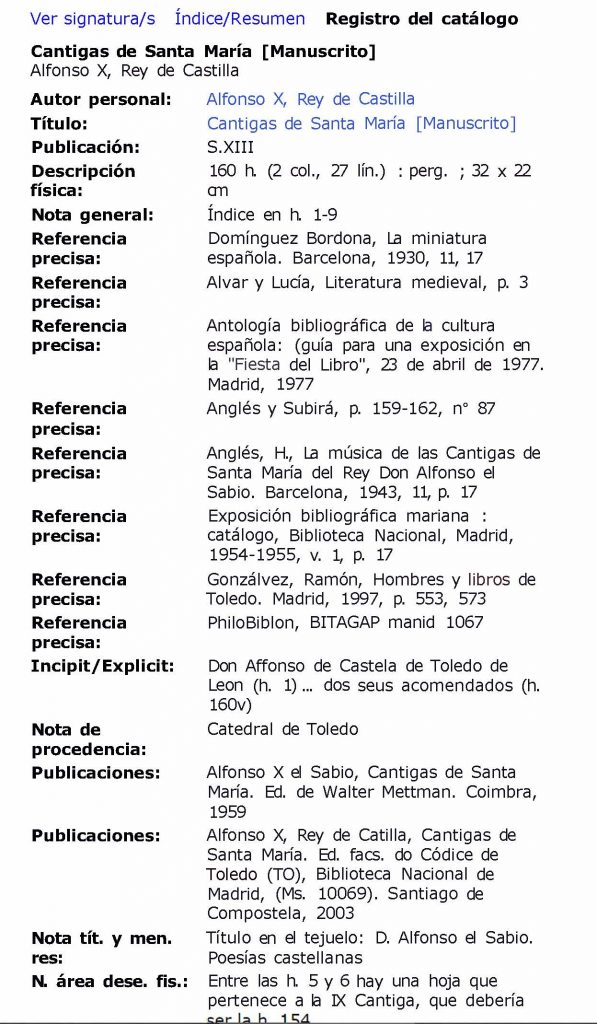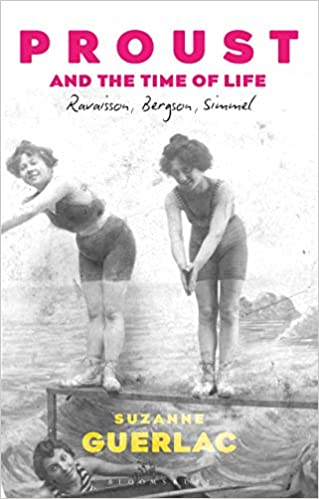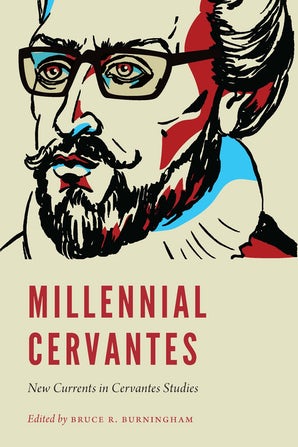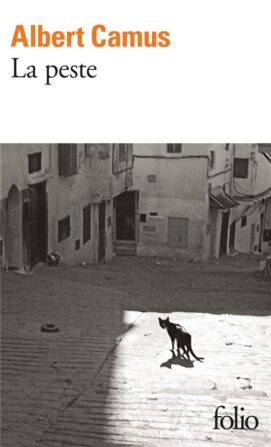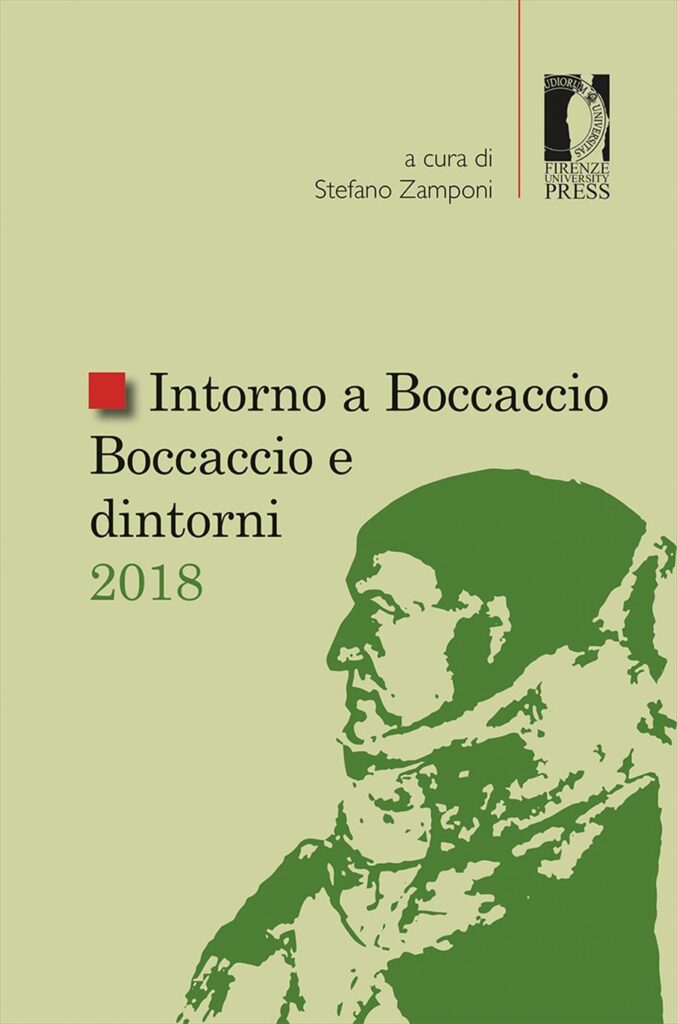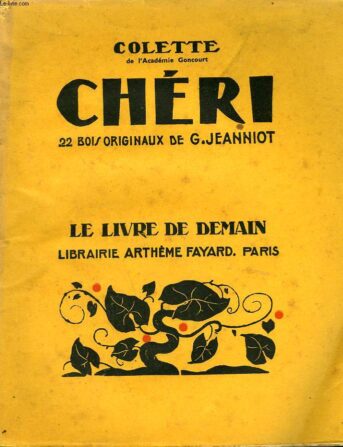Romance Language Collections
Lines of Latitude: German Army Map of Spain 1:50,000 (1940-1944)
Beginning in 1936, a newly-formed German military mapping agency produced a large number of topographic map series covering all parts of Europe at various scales, as well as much of northern Africa and the Middle East.
This organization started out as a back room department of the German Army General Staff, focused on military contingency mapping. But, given the murderous goals of the Nazi regime, it quickly morphed into something else, a military mapping agency which provided planning tools for the Nazi leadership to wage a war of conquest, marked by atrocities and unspeakable crimes.
Berkeley’s Earth Sciences and Map Library owns 20,000 German topographic sheet maps produced by the German Army General Staff’s mapping agency, the Directorate for War Maps and Surveying [= Abteilung für Kriegskarten- und Vermessungswesen]. The Berkeley Library obtained this historically significant collection by participating in the World War II Captured Maps depository program of the U.S. Army Map Service.
A presentation by Wolfgang Scharfe, a geography professor at the Free University of Berlin, at the International Cartographic Conference in Durban in 2003, sheds light on the history of these military map series published by the Directorate for War Maps and Surveying. Scharfe looked at one particular topographic map series covering Spain, published in 2 editions between 1940 and 1944, Spanien 1:50 000.
German military cartographers mapped Spain at different scales. The Nazis saw Spanish dictator Francisco Franco’s fascist regime as an ally, but Franco wisely remained neutral during World War II. Initially, the German military mapping of Spain can be seen as part of an effort to bring the Franco dictatorship into the Second World War as a German ally. One goal was the capture of the important British base at Gibraltar, at the entrance to the Mediterranean Sea.
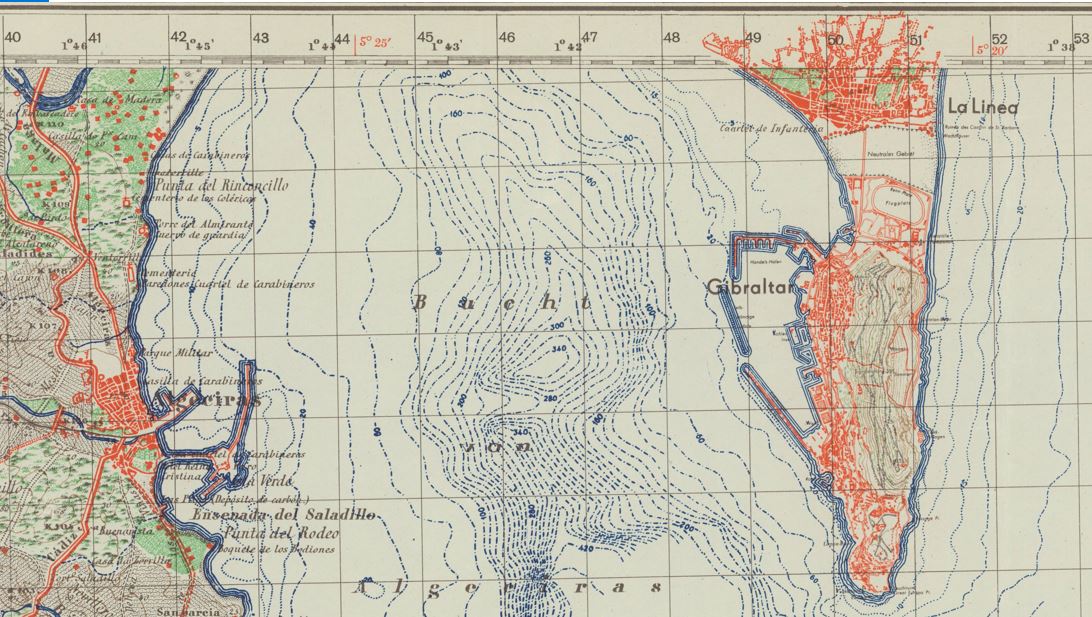
The Bay of Gibraltar, also known as Gibraltar Bay and Bay of Algeciras, identified on the German sheet La Linea-Gibraltar as Bucht von Algeciras. It is located at the southern end of the Iberian Peninsula, near where the Atlantic Ocean and the Mediterranean Sea meet. The sheet is overprinted with the Spanish Lambert Grid, obtained by German military cartographers in an undercover intelligence operation.
The Berkeley Library set of the German Army Map of Spain 1:50,000 consists of 901 sheet maps, accompanied by 3 index maps. It includes two editions of many topographic sheets which cover specific areas of Spain. First Special edition [= Sonderausgabe] sheets were issued between 1940 and 1944, while the second Sonderausgabe sheets were chiefly issued in 1941.
The source map data for the German military maps came from a Spanish map series, the Mapa topográfico de España en escala de 1:50,000 issued by the Direccion general del Instituto Geográfico Catastral y de Estadı́stica.
Scharfe explains that map specialists of the Army Planning Chamber [= Heeresplankammer], the Berlin-based production platform of the Directorate for War Maps and Surveying, copied the Spanish map data. The first edition of this map series (895 published sheets) only contained the Spanish map data. The maps show drainage, roads and trails, railways, vegetation, and other physical and cultural features.
Sheets of the second edition (612 sheets), however, were overprinted with the Spanish Lambert Grid, a geodetic grid which would allow German troops to use the maps to accurately rain down middle and long-range artillery fire on precise locations.

Detail from the Madrid sheet of the German military topographic map series Spanien 1:50 000, published by the Directorate for War Maps and Surveying, a military mapping agency administratively subordinated to the German Army General Staff.
The German military cartographers were able to acquire this secret Spanish military grid data for their own sheets, before that data even appeared on Spanish military maps. This was the result of a German undercover intelligence operation. German agents were able to draw on contacts established when the Nazis aided the fascist Franco dictatorship during the Spanish Civil War (1936-1939) by sending German troops to Spain, the so-called Legion Condor.
But the story does not end there: Scharfe relates that in 1943, irregular Spanish soldiers raided a German Army depot in Nazi-occupied southern France. They removed sheets of the German Army Map of Spain 1:50,000 with the secret Spanish military grid data. Spanish officials started an official inquiry which undoubtedly further undermined trust between the fascist Franco regime and the Nazis. Spanish diplomatic demands for explanations registered in Berlin proved unsuccessful.
New French ebooks in Cairn.info
This past spring, the UC Berkeley Library added 181 French ebooks to our existing collection from Franco-Belgian vendor Cairn.info. Though they aren’t yet discoverable in OskiCat or in the new UC Library Search unified catalog which launches on July 27, they can be read along with other ebooks and ejournals on the Cairn website.
Publisher du Jour – Al Manar Éditions

Al Manar Éditions is an independent publishing house dedicated to the art and literatures of the Mediterranean with a notable focus on the Arab world. Established in 1996 within the Galerie Al Manar in Casablanca, directed by Alain and Christine Gorius from 1994 to 2003, the editorial house is now based in Neuilly-sur-Seine, France, and has published nearly 400 titles to date. Whether in translation or in original language, the majority of their books are in French. Well-known writers in their catalog from the global south include Vénus Khoury-Ghata, Adonis, Abdelkebir Khatibi, Mohammed Bennis, Abdellatif Laâbi, Mostafa Nissabouri, and Salah Stétié. From Europe and among others, there is Sylvie Germain, Jean-Pierre Millecam, Nicole de Pontcharra, as well as Kabila, a French painter of Andalusian Roma origin. Others include Syrian poets Aïcha Arnaout and Maram Al-Masri, Lebanese writers Etel Adnan, Georgia Makhlouf, Leïla Sebbar and Albert Bensoussan, who, by virtue of their family origins and their background, belong to both shores of the Mediterranean, like Anne Rothschild, an Ashkenazi poet and engraver who is often met in Tahar Bekri Ramallah—a Tunisian poet, or Özdemir Ince a—Turkish poet and man of letters as well as the Catalan translator and literary critic Jaume Pont.
Al Manar serves as a reputable vehicle of dissemination for the staggering diversity of thought and creative talent in the Mediterranean region. The UC Berkeley Library is proud to hold more than 40 of its imprints with several of the more precious artists’ books shelved in The Bancroft Library. The publishing house regularly exhibits at the Codex Book Fair and Symposium held biannually in Richmond and Berkeley.
The Last Flower: A Parable in Pictures
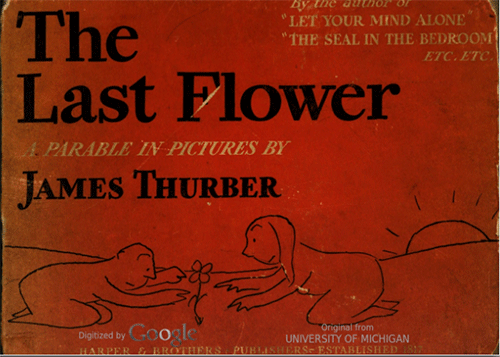
Originally published in November 1939, two months after World War II officially began, James Thurber’s The Last Flower: A Parable in Pictures is a graphic novel ahead of its day. Inspired in particular by the Spanish Civil War and the Nazi and Soviet invasion of Poland, it chronicles the eternal cycles of war, peace, love, and the resilience of one little flower and remains as relevant today as it was then. The text has been translated into dozens of languages worldwide, among them a French translation by Albert Camus and published by Gallimard in 1952. A native of Columbus, Ohio, Thurber was not only a cartoonist but also an author, humorist, journalist, playwright, and celebrated wit who joined the staff of the New Yorker in 1927 where he remained for most of his career.
Reissued by the University of Iowa Press in 2007, the first edition and later edition are temporarily available online to the UC community through the HathiTrust Emergency Temporary Access service until the UC libraries fully reopen this fall. You can learn more about The Last Flower at the Columbus Public Library’s Art Unbound II exhibition installed in its Carnegie Gallery.
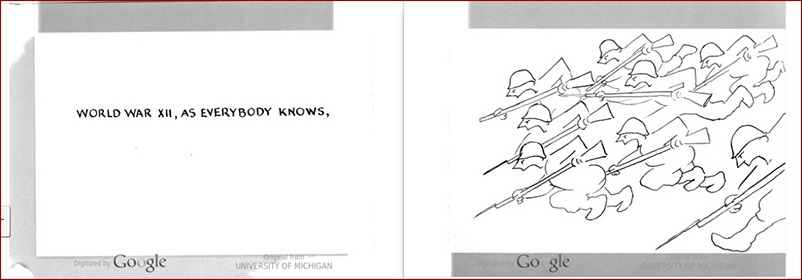
PhiloBiblon 2021 n. 3 (mayo): PhiloBiblon y el mundo wiki. Propuesta de una colaboración
Nos es muy grato anunciar la tercera entrega de PhiloBiblon para 2021, sobre todo porque a la vez podemos anunciar el comienzo de un proyecto piloto, sufragado por la National Endowment of the Humanities (NEH) del gobierno federal de EE.UU: “PhiloBiblon: From Siloed Databases to Linked Open Data via Wikibase: Proof of Concept.” La financiación que nos han concedido nos hará comenzar el proyecto el primero de junio del año en curso y finalizará el 30 de mayo de 2022.
El diseño del proyecto a partir de ahora intentará solucionar uno de los problemas más difíciles de proyectos digitales de larga trayectoria: mantener el soporte tecnológico. PhiloBiblon se inició como base de datos ancilar del proyecto para el Dictionary of the Old Spanish Language, llevado a cabo en la University of Wisconsin, Madison, por Lloyd Kasten y su alumno, John Nitti. A lo largo de los últimos 40 años hemos podido sostener, con dificultad, el database management system (DBMS) a la altura de la tecnología al uso. En Madison se empleó al principio el DBMS FAMULUS, creado, irónicamente en Berkeley en 1964, para las bibliografías del personal de la Pacific Southwest Forest and Range Experiment Station. Desde entonces, las transformaciones tecnológicas han sido constantes: desde los discos CD-ROM de ADMYTE (Archivo Digital de Manuscritos Y Textos Españoles) a una primera versión de la web en 1997, hasta llegar a la versión actual en 2014. Estas transformaciones han sido onerosas y han llegado por vía de constantes solicitudes a varias agencias y fundaciones, sobre todo a la NEH. La ayuda actual representa la primera solicitud exitosa desde 2014.
PhiloBiblon utiliza actualmente un DBMS relacional, OpenInsight, de la empresa Revelation Technology, descendiente lineal de Revelation G, la versión con la que comenzamos a trabajar en 1987. Este sistema fue diseñado por John May, estudiante graduado en Historia de la Ciencia a la sazón, que pronto cambió la carrera académica por el mundo de la informática. John ha mantenido y desarrollado PhiloBiblon hasta ahora, conformándolo a lo largo de más de 35 años en diez tablas relacionales: textos, testimonios, manuscritos e impresos, ejemplares de los impresos, personas, instituciones, topónimos y referencias secundarias. Entre sí, estas diez tablas cuentan con 1.246 elementos informáticos (campos), 98 vocabularios controlados, 110 índices y 30 pantallas para la incorporación de nuevos datos. Puedes encontrar versiones en formato PDF de algunas de estas útimas tablas en nuestra página Colaborar, con el objetivo de facilitar las aportaciones de nuestros usuarios.
PhiloBiblon y su DBMS relacional ya existían antes de que Tim Berners-Lee alumbrara la red en Suiza durante 1989, así como su explosión en 1994 al comercializarse el primer navegador realmente útil, Netscape. Era evidente casi desde el principio que la worldwide web ofrecía a PhiloBiblon un vehículo muy superior a los impresos y a los discos CD-ROM para poner nuestros datos al alcance de los investigadores. En aquella primera versión de la red (1997), el usuario podría buscar cualquier códice o frase de interés, pero lo que se recuperaba era siempre un manuscrito o impreso que contenía el elemento de búsqueda. En la versión actual se exportan las tablas de PhiloBiblon a ficheros XML, siendo cada tabla un fichero único. A continuación, se cargan estos ficheros al servidor de la Bancroft Library (y a su sitio espejo en la Universitat Pompeu Fabra), donde el programa eXtensible Text Framework (XTF) los separa en sus registros individuales, los indexa, y más tarde recupera los registros indicados a raíz de una búsqueda. Si se busca una frase, el programa ofrece como resultado el elenco de los textos que contienen dicha frase; si se busca un manuscrito de determinadas características, igualmente se ofrece un elenco de manuscritos que responden a ellas.
El sistema no se caracteriza por su elegancia y podría mejorar su eficiencia, pero funciona bastante bien. Además del problema de sostener el soporte tecnológico, después de la creación de la web 3.0 (la web semántica), PhiloBiblon necesita enfrentarse también con el hecho de que su existencia se organiza dentro de un silo informático, sin relación orgánica con otras fuentes de información. La web semántica está diseñada para utilizar los datos abiertos enlazados (Linked Open Data) precisamente para poder establecer relaciones entre fuentes de información (v.g., recursos como el Catálogo Colectivo del Patrimonio Bibliográfico Español) sin intervención manual del ser humano. Desde 2014, los equipos de PhiloBiblon hemos ido preparando toda una serie de solicitudes a la NEH, a agencias españolas, catalanas y europeas, así como a fundaciones de diverso grado, con el objetivo de financiar la transformación de PhiloBiblon en una fuente de información de la web semántica. Por desgracia, no hemos tenido éxito.
El año pasado, en vez de proponer la creación ex profeso de una nueva base de datos para PhiloBiblon, hemos propuesto una solución radicalmente diferente: incorporar PhiloBiblon al mundo wiki, cuyo producto más conocido es la Wikipedia, creada en 2002. Hoy por hoy, es el ejemplo más visible y de más éxito de la informática al servicio de la humanidad, de todo el mundo, desde los niños de colegio hasta los mayores de la tercera edad. En PhiloBiblon nos servimos de Wikipedia todos los días. En BETA, por ejemplo, citamos la obra en nueve lenguas diferentes, según el tema tratado, más de 1.400 veces. El motor de Wikipedia es el DBMS wikibase, que también sostiene el entorno más estructurada de Wikidata.
Es este último, Wikidata, el que más nos interesa precisamente por su carácter completamente abierto. Pero resulta un método poco apto para un proyecto como PhiloBiblon, que requiere un control más preciso de las personas que pueden contribuir a él. Hemos encontrado la solución ideal para nuestros propósitos en FactGrid, de la Universität Erfurt. Gracias a la generosa acogida de su director, Olaf Simons, vamos a establecer una relación que ojalá sea fructífera y duradera. FactGrid se vale de la misma tecnología de Wikidata y la creación de nuevas entidades emplea los mismos procedimientos utilizados por miles de usuarios del sistema. Hemos creado ya FactGrid:PhiloBiblon, una página web embrión para servir como sandbox (o entorno de pruebas), mientras vamos adiestrándonos en el proceso de crear registros en FactGrid y establecer el modelo detallado para importar de una vez el contenido de PhiloBiblon al nuevo entorno de producción.
A efectos de la solicitud del año pasado, Olaf creó un prototipo para mostrar BITAGAP manid 1067, el manuscrito BNE MSS/10069, que contiene las Cantigas de Santa María de Alfonso X, en el formato por defecto de Wikidata. Aquí lo tenemos, junto a imágenes parciales del mismo registro en la web de PhiloBiblon y en el catálogo de la BNE:
Como el lector puede comprobar, se trata exactamente de los mismos datos, pero con tres presentaciones distintas.
Cuando finalice este proyecto piloto en mayo de 2022, esperamos haber adquirido unas ideas mucho más precisas tanto sobre el formato que queremos utilizar para presentar PhiloBiblon a nuestros usuarios como acerca de los procedimientos necesarios para importar en masa a FactGrid sus más de 415.000 registros. Pero ahora mismo, con el proyecto ni siquiera en ciernes—porque no comienza oficialmente hasta el primero de junio—, nuestros esfuerzos se dedicarán a la limpieza y coordinación de los datos en las bibliografías de PhiloBiblon.
A corto plazo, vamos a emitir una llamada urbi et orbi para reclutar a voluntarios que nos puedan ayudar en la eliminación de erratas y errores, tareas humildes y a veces algo tediosas, pero completamente necesarias ante la exportación de tantos registros a un nuevo entorno tecnológico. Intentaremos congeniar la forma en la que nuestras necesidades se adapten a la de nuestros usuarios.
Charles B. Faulhaber
SSThe Bancroft Library
University of California, Berkeley
Library updates on Moffitt, NRLF and more
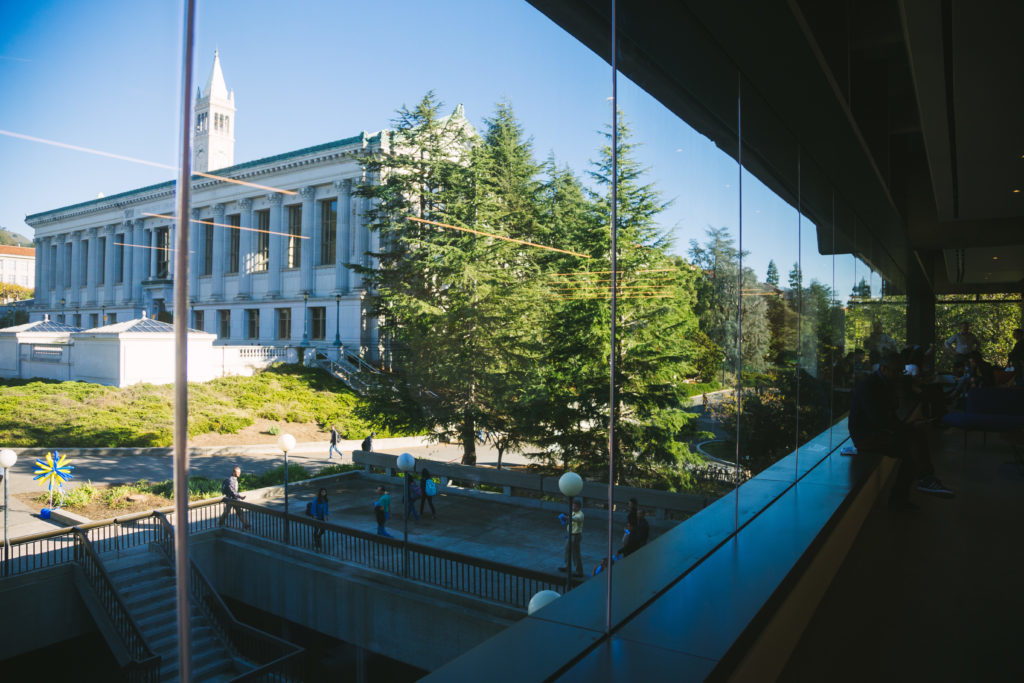
Moffitt Study Space update
The Library has received campus approval to expand the Moffitt study space service begun two weeks ago to include ten rooms reservable for graduate students. It is now implementing the setup and plan to launch the new offering on Monday, April 26. The Library currently offers limited study space on Moffitt Library’s fourth and fifth floors for UC Berkeley undergraduate and graduate students. At the moment, reservations for seats are offered 9 a.m. through 5 p.m., Monday through Friday, and can be made one week in advance.
Norther Regional Library Facility (NRLF)
Starting this week, UC Berkeley Library cardholders may use OskiCat to request unrestricted materials from NRLF for pickup at Moffitt Library via Oski Xpress. Eligible items will be available for pickup approximately four business days after the time of request. Additionally, NRLF’s electronic article delivery service will expand to all UC Berkeley Library cardholders. Patrons can submit an online request for that service via the “Request an electronic copy from NRLF” link that appears in eligible titles in OskiCat. NRLF remains closed for on-site visits until further notice. The Library’s COVID-19 portal will soon be updated with this information.
OskiCat and Melvyl are retiring on July 27th
In case you haven’t heard, both of these catalogs will be replaced by a new a unified discovery and borrowing system called UC Library Search. You’ll be able to search, borrow, and easily renew print materials from any of the ten campuses in the system.
DH Fair 2021 is coming up!
The DH Fair, to be held on Wednesday April 21st, is an annual event that offers the UC Berkeley community the opportunity to share projects at various stages of development, receive invaluable feedback from peers, and reflect on the field more broadly. This year’s events include a keynote speech from Roopika Risam on Digital Humanities for Social Justice, a panel discussion with Tim Tangherlini and Lisa Wymore on computation for analyzing and choreographing dance in the K-pop and folk music genres, and lightning talks.
Expanded eBook collections from Belgium, France, and Italy
The Library continues to acquire print material but processing has been slow for books that don’t ship with MARC records. Notable ebook acquisitions this spring include Cairn (181 new titles), OpenEdition (1608 new titles), and Torrossa (299 new titles). It takes time to format and load metadata but the new ebooks are generally available right away if you go directly through the vendor platforms.
New Book and a Conversation with Suzanne Guerlac from the French Department
Check out this new book by Department of French faculty member Suzanne Guerlac, available in print and as an ebook through the online catalog.
Through an engagement with the philosophies of Marcel Proust’s contemporaries Félix Ravaisson, Henri Bergson, and Georg Simmel, author Suzanne Guerlac presents an original reading of Proust’s magnum opus, Remembrance of Things Past (A la recherche du temps perdu).
On Wednesday, March 10 from 12-1, Professor Guerlac will be a special guest on Berkeley Book Chats hosted online by the Townsend Center for the Humanities.
New publication by Nick Paige from the French Department
Check out this new book by Department of French faculty member Nicholas Paige, available in print and as an ebook through the online catalog.
From introduction:
“This book is about the evolution of French and to a lesser degree English novels – by which I mean French- and English-language novels – from 1601 to 1830. And while evolution is very much at the center of my preoccupations, I do not offer a “story” about that evolution. There is no plot, as we might want if we thought of the novel moving forward, perhaps from birth, episode by episode, toward a resolution, some happy state of stability – as if, in other words, the novel’s own history could be made into a kind of novel.”
“In lieu of a story, Technologies of the Novel offers a quantitative account of the ceaseless yet patterned flux of the novel system over these twenty-three decades.”
“Technologies of the Novel is, then, digital and distant; but it is most certainly not antianalogue or anticlose.”
Six essential Library resources during the pandemic
Millions of ebooks are accessible through the Library and Open Access initiatives such as OpenEdition, and new titles are added daily. The way easiest to find them is by searching OskiCat or Start Your Search from the Library home page.
Featured work: Burningham, Bruce R, editor. Millennial Cervantes : New Currents in Cervantes Studies. Lincoln: University of Nebraska Press, 2020.
2) HathiTrust Emergency Temporary Access Service
Also known as UC’s emergency ebook service, it provides access to digital versions of millions of the physical volumes held by libraries across the 10-campus University of California system — plus UC’s two expansive off-site library storage facilities.
Featured work: La peste by Albert Camus. Paris: Gallimard, c1947, 2008.
3) Oski Xpress contactless pickup
The Library now provides a contactless pickup service at Moffitt Library for all borrowers who have current Cal 1 or UC Berkeley Library cards. Fourteen libraries are participating in Oski Xpress: Anthropology, Bioscience, Chemistry, Earth Sciences & Map, East Asian, Engineering, Environmental Design, Institute for Governmental Studies, Main (Gardner) Stacks, Mathematics Statistics, Morrison, Music, Physics-Astronomy, and Social Research. Only materials available from the circulating collections of these libraries are available at this time.
Featured work: Intorno a boccaccio/boccaccio e dintorni 2018 : atti del seminario internazionale di studi (certaldo alta, casa di giovanni boccaccio, 6-7 settembre 2018). S. Zamponi, Ed. Ser. Studi e saggi, 205. Firenze: Firenze University Press, 2020.

Due to COVID-19 service disruptions, the Library is not accepting print or other physical materials (such as DVDs) for course reserves for the remainder of 2021. However, the Library is helping instructors identify digital options for their course readings to ensure they remain accessible to all students — whether they are on campus or learning remotely.
Featured work: Bondanella, Peter, and Federico Pacchioni. A History of Italian Cinema. 2nd ed. New York: Bloomsbury Academic, c2009, 2017.
5) In-person research appointments at The Bancroft Library
The Bancroft Library, home to many extraordinary special collections, is one of two libraries on campus that offers limited research appointments for UC Berkeley faculty and students this spring. Access can be provided to Bancroft Library materials that are housed on-site and that are not available online. Please note that access to Bancroft Library collections housed at the Northern Regional Library Facility (NRLF) is expected this semester but those collections are unavailable at this time.
The newspaper/microfilm collections, housed in Doe Library, can also be accessed through the Moffitt Library by special request.
Featured work: Colette. Chéri. Paris: Arthème Fayard & Cie, 1929.
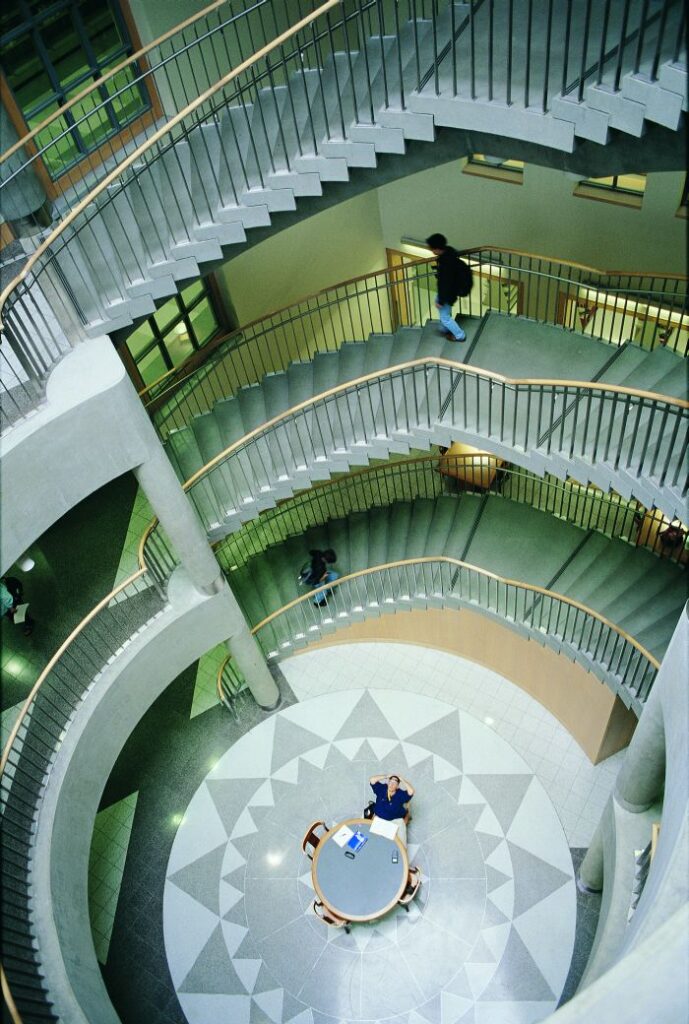
6) Online research consultations
Although the UCB libraries will be physically closed this semester, we are all working remotely and happy to help you with your research needs. You can schedule a Zoom appointment with subject librarians like myself, email the general library research help line, or chat with a librarian or library specialist 24/7.
See also:
French ebooks from L’Harmathèque
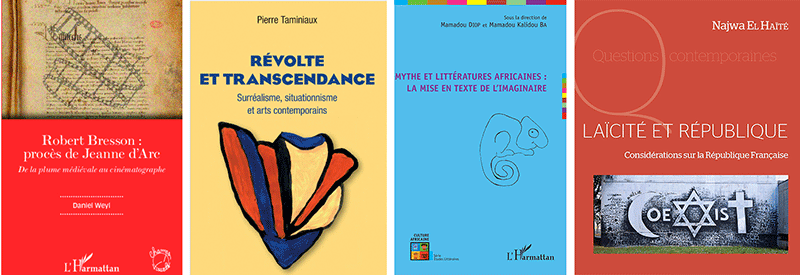
Here’s a list of 350 French ebooks (and a couple in Spanish) acquired last year but just recently batch cataloged. Now available through OskiCat, they are discoverable by author, title, or keyword along with other digital versions by the same publisher L’Harmattan which specializes in topics related to Africa, Europe and the rest of the world. Search by handle “Harmathèque ebooks” to pull up the full list of 1041 titles in Berkeley’s collection.

